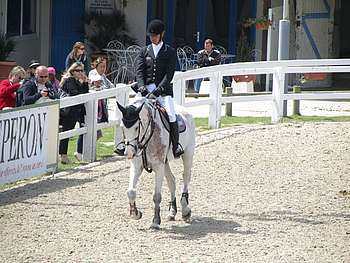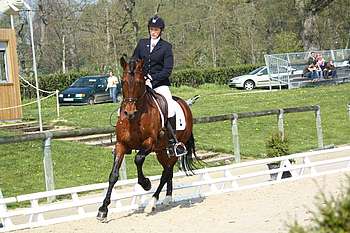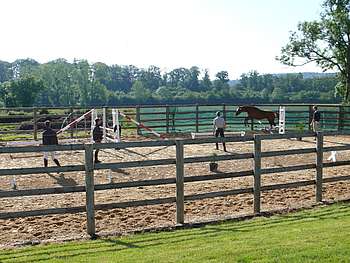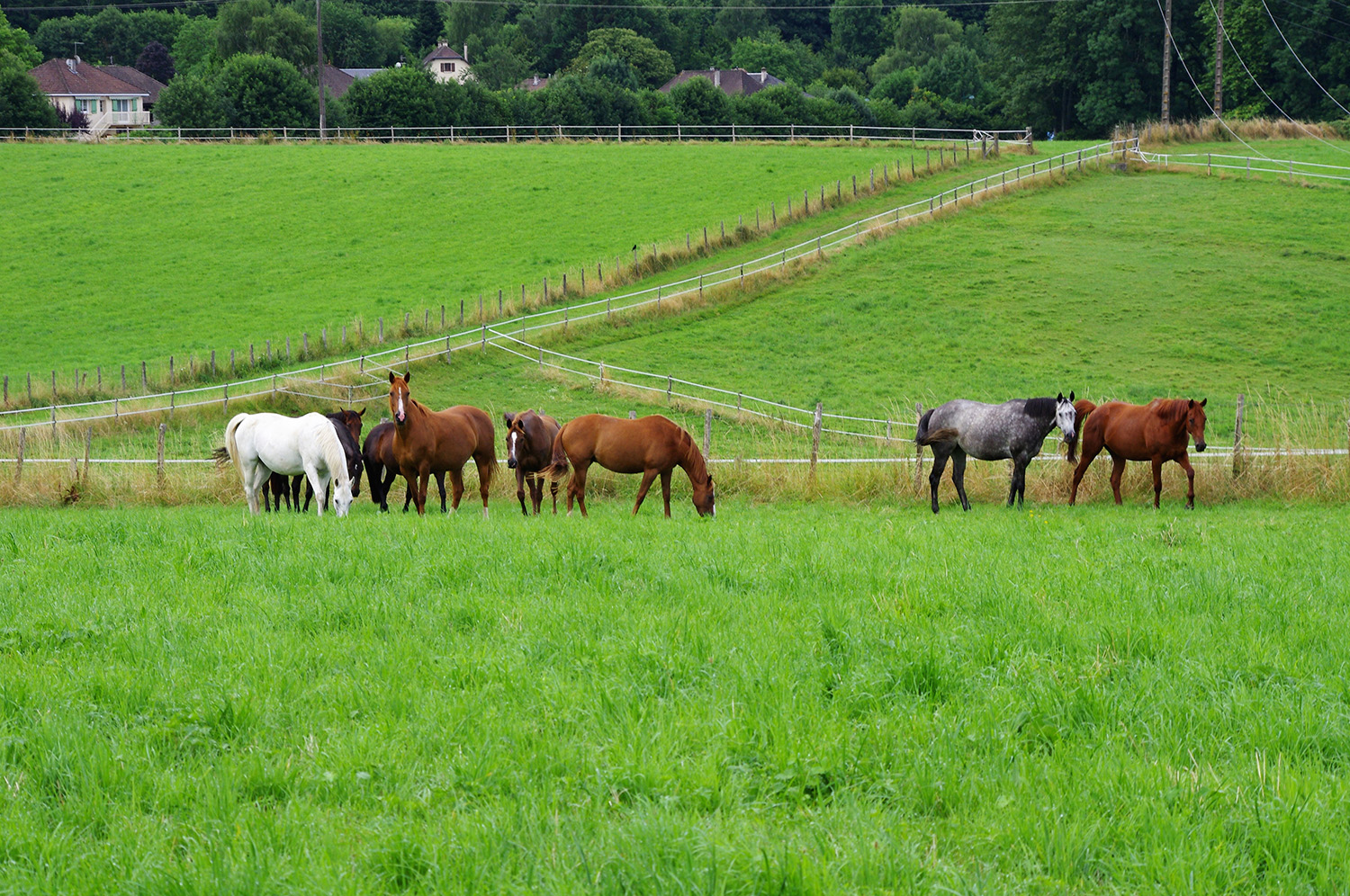

Designing fences for outdoor working areas
Fences are indispensable for the safety of outdoor areas. Fences must be perfectly designed and adapted to the use of the space they enclose.


- Characteristics of wooden fences
- An alternative: PVC fences
- Dressage arenas
- Lunging rings - Parade rings
Characteristics of wooden fences
Fences are generally made of wood. Well-designed, contemporary fences are fully satisfactory in terms of functionality and safety. All the diagrams specifying the dimensional and qualitative aspects of wooden fences are available in the book “Aménagement et équipement des centres équestres” (in French), published in 2012, available in the bookshop.
The height of fences is not standardised and is generally between 1.20 m and 1.40m. They should not be placed at eye level with the public.
The upper rail must be perfectly continuous, with no protrusions, sharp angles or edges, as these are potentially dangerous in the event of a fall. It is recommended that the upper rail is wider than the lower rails to keep the rider away from the lower rail. All fences must be placed within the riding arena.
Particular attention must be paid to the design in order to ensure the durability of wooden fences (the sun’s rays, humidity, frost, rot in contact with the ground). Therefore:
- Pay attention to the criteria for the choice of wood;
- Prevent water stagnation on horizontal surfaces;
- Avoid assemblies with closed and undrained parts.

An alternative: PVC fences

Thanks to the use of “goosenecks”, they keep the riders and horses away from spectators and reduce the risk of injury in the event of a fall, both for the rider and the horse, thanks to the use of flexible and deformable materials.
Dressage arenas

The design of mobile barriers must be well thought out and take into account their specific use: ease of installation, storage of the rails when not in use. Design diagrams are available in the book “Aménagement et équipement des centres équestres” (in French), published in 2012, available in the bookshop.
Lunging rings - Parade rings

The external fence must be designed carefully, it must be strong enough because it is often under stress. An inner rail should not be used in view of the risks involved.
A height above ground of 2m is recommended. A windbreak net on the outside of the rail provides a visual screen.
For parade rings intended for public presentations, the horizontal rails opposite the jumps may be replaced by four rows of electrified cord to improve visibility for the public.

Know more about our authors
- Arnaud LALLEMAND Service Innovation Des Équipements Équestres (IDEE) de l'IFCE
- Translated from french by : Alison DRUMMOND Translator
Bibliography








